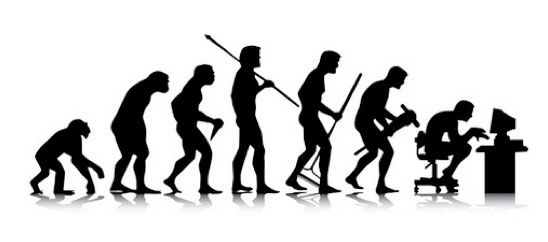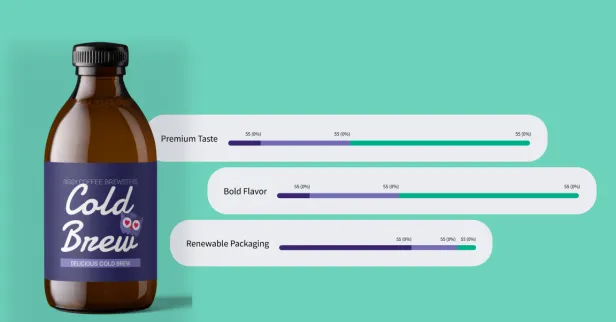“Once upon a time there were enterprise research tools that specialized in doing one thing. They didn’t end up surviving because their very focus is what helped to create more problems for their clients, who finally had to move on.”
This is the story I suspect we researchers and data scientists will be telling in the not too distant future. As Darwin famously said, “it is not the strongest who survives, it is the most adaptable”.
And yet, when it comes to market research, organizations of different shapes and sizes are using all sorts of tools. Behind the shiny marketing, they only really offer a simplified solution addressing a single consumer touchpoint.
But I was told I needed to focus!
Focus isn't always a good thing. This myopic approach to understanding a singular consumer data point prevents companies from seeing the forest.
This approach thwarts a real understanding of consumers, and it delays companies the growth they should be able to achieve.
If they had the ability to tell the whole story of their consumer across data sets, they could- for example- learn the often intangible data point, ‘why’.

The heart of scientific research is learning and making inferences from a dataset. For market research, it is helping companies understand the psychology of their customers: perceptions, feelings, and behaviors, and how that relates to their products and services.
Regardless of what type of consumer research you’re conducting, most of us are familiar with the linear steps: collect data, clean data, format data. Only then can you analyze, interpret, and visualize.
In the last few decades, various technologies have emerged to address each one of those steps. Some tools collect relevant data (surveys, site analytics, etc.), other tools are used to clean, restructure and analyze data (various analytics platforms), and still other tools that visualize the results in a palatable and engaging way.
The last, and arguably the most important element, is having someone skilled enough to use each of those platforms and discern any meaningful insights from the results.
This drives up costs across platforms and also adds a significant amount of time between data collection and insights- if you can get that far.
That model of specialized tools and a hyper-focused approach to selling a point solution that addresses each part of the research process did work for some time.
However, the result is the current crisis within market and consumer research.
"The times they are a changin'"
The vast majority of a researcher’s time is spent on restructuring data so they can move from one research phase to another.
A recent Harvard Business Review study showed that almost 80% of a researcher’s time is spent on cleaning, formatting, and restructuring data rather than analyzing the data to solve a business challenge through insights.
To us that is an utter waste of human potential- not to mention time.
A shift in mindset is needed when it comes to the old way of conducting research. The problem is that what was doable when the volume and velocity of data were manageable and cursory level insights were the standard is no longer the case.
Fast forward to present day, where there is exponential growth in the amount of consumer data and an increasing urgency for timely insights.
Myopic enterprise research and data analysis tools have unintentionally created a massive crisis. Companies are slowly starting to realize that this fragmented approach is no longer working.
Because of the methods and speed at which consumers engage with organizations and their brands, insights gleaned from this siloed and slow approach are often irrelevant and stale if and when they are realized.
The need to triangulate across consumer touchpoints has forced researchers and data scientists alike to get into the “data renovation” business. If you’ve ever dealt with home renovations it usually means to repair, rebuild, or restore. In other words, time-consuming, potentially messy, and most certainly, costly.
The future that we are working to build, from the foundation up, will be of intelligent and elegant designs and forward-thinking data analytics.
Darwinian thinking will turn out to be correct in this case: only the adaptable will survive.

